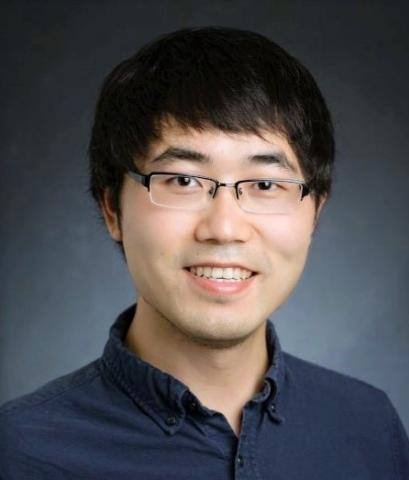Liang Gao, Ph.D.
Assistant Professor
Bioengineering Department
University of California, Los Angeles
Seminar Information

When performing optical measurement with a limited photon budget, it is important to assure that each detected photon is as rich in information as possible. Conventional optical imaging systems generally tag light with just two characteristics (x, y), measuring its intensity in a 2D (x, y) lattice. However, this throws away much of the information content actually carried by a photon. This information can be written as (x, y, z, θ, φ, λ, t, ψ, χ): the spatial coordinates (x, y, z) are in 3D, the propagation polar angles (θ, φ) are in 2D, and the wavelength (λ), emission time (t), and polarization orientation and ellipticity angles (ψ, χ) are in 2D. Neglecting coherence effects, a photon thus carries with it nine tags. In order to explore this wealth of information, an imaging system should be able to characterize measured photons in 9D, rather than in 2D.
This presentation will provide an overview of the next generation of multidimensional optical imaging devices which leverage advances in computational optics, micro-fabrication, and detector technology. The resultant systems can simultaneously capture multiple photon tags in parallel, thereby maximizing the information content we can acquire from a single camera exposure. In particular, I will discuss our recent development of three game-changing technologies—a snapshot hyperspectral imager, image mapping spectrometer (IMS), an ultrafast imager, compressed ultrafast photography (CUP), and a light field imager, light field tomography (LIFT)—and how these techniques can potentially revolutionize our sensation of surrounding world.
Dr. Liang Gao is currently an Assistant Professor at Bioengineering at UCLA. His primary research interests are multidimensional optical imaging, computational optical imaging, and biomedical optics. Dr. Liang Gao is the author of more than 60 peer-reviewed publications in top-tier journals, such as Nature, Nature Communications, Science Advances, and PNAS. He received his BS degree in Physics from Tsinghua University in 2005 and PhD degree in Applied Physics and Bioengineering from Rice University in 2011. He is a recipient of an NSF CAREER award in 2017 and an NIH MIRA award in 2018.
